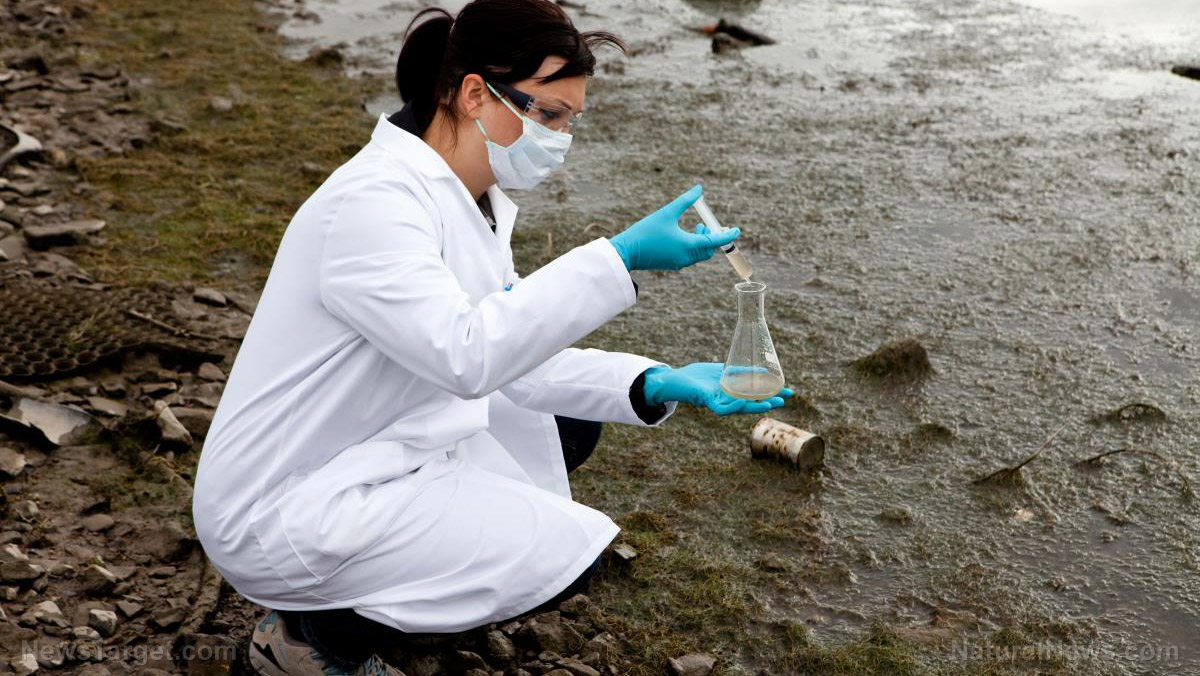
Antimicrobial resistance and the rise of superbugs
There's also a chance that these prescription and over-the-counter medications and supplements are in the water that goes back to homes and businesses – harming families and people in general. There are also concerns that this may increase antibiotic resistance. (Related: Drinking water of 41 million Americans contaminated with pharmaceuticals.) An antimicrobial agent offers a broad scope of protection, acting as an antibacterial, antibiotic, antifungal, antiparasitic and antiviral agent at the same time. Many bacterial infections became easily treatable with the discovery of antibiotics. But some types of bacteria are fighting back. Antimicrobial resistance or AMR occurs when bacteria, viruses, fungi and parasites change over time and no longer respond to medicines. This is dangerous because it could make common infections harder to treat and could increase the risk of disease spread, severe illness and death. Scientists have linked the increase in drug-resistant bacteria with the widespread overuse, incorrect use and misuse of antibiotics. Antibiotics have been doled out unnecessarily by General Practitioners (GPs) and hospital staff for decades, turning harmful bacteria into superbugs. Experts say "taking antibiotics without a doctor's supervision can cause an infection to become more powerful." It can also contribute to the growing number of superbugs that are resistant to medications. Superbug is a name given to harmful bacteria that acquired resistance to one or more antibiotics used to treat or destroy them. Visit Pollution.news for more stories related to pollution. Watch this video that talks about diseases associated with groundwater pollution. This video is from the OneNinetyFiveNationRising channel on Brighteon.com.More related stories:
Big Pharma's pharmaceutical waste and pollution destroying the environment. Is pharmaceutical contamination to blame for amphibian population declining 75% in 40 years? India’s waterways: A toxic stew of pharmaceutical chemicals dumped from Big Pharma factories. Pharmaceutical birth control pollution in drinking water could cause fertility apocalypse in US. Sources include: DailyMail.co.UK PNAS.org MedicalNewsToday.com Brighteon.comExpert recommends incorporating livestock on farmland to improve soil quality
By Zoey Sky // Share
Invasion of venomous fire ants in Hawaii alarms residents
By Kevin Hughes // Share
U.S. government using cyber warfare against our own citizens to control vaccine narrative
By Ethan Huff // Share
Seth Holehouse: The communist bloc is the greatest threat to America and its people
By Kevin Hughes // Share
Nvidia's $20 billion licensing deal for Groq targets Google's AI chip dominance
By isabelle // Share
The End of Slavery: A radical blueprint for true liberation
By kevinhughes // Share
U.S. cements status as global hydrocarbon superpower
By jacobthomas // Share
Ready-to-eat salads and snack packs RECALLED over Listeria risk
By oliviacook // Share
Winter survival: Essential strategies for a safe long-distance bug-out
By dominguez // Share











